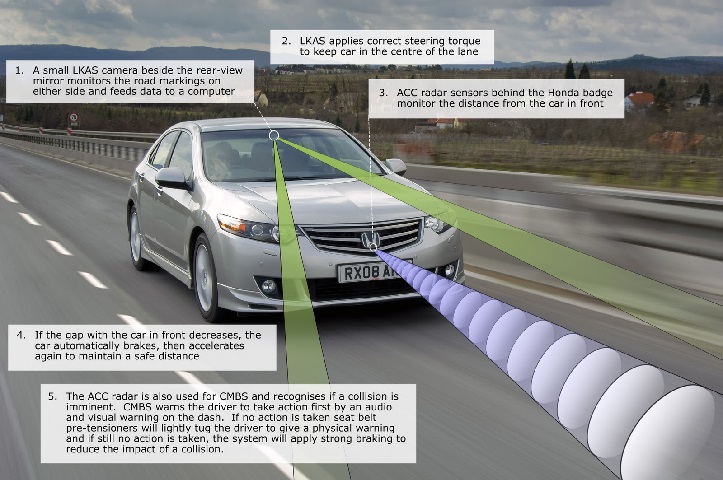
Braking system is one of the most crucial systems of any vehicle. Gradually it developed into such wonderful safety feature that ensures the safety of precious human life. Now-a-days ABS or Anti-lock Braking System is widely in use in all most all new vehicles which stops the car without skidding or going off-road.
One step forward to this system is the use of ultra modern technology and named as “Automatic Emergency Braking or the (AEB)” which combines two of safety features – Driver Assist Systems (DAS) and Electronic Stability Control (ESC) – to slow down the vehicle so the severity of an avoidable collision or impact may reduce considerably.
This system is designed to work with or without the intervention from the driver. Its working is simple and easy as it uses forward-looking radar and a video system, then combines their data and creates an accurate, complete real-time image of road ahead for better proximity analysis. The Automatic Emergency Braking system is capable of utilising either mid-range or long-range radar with video camera to gather better images and data.
With the help of these proximity sensors, AEB monitors and detect the distance of front vehicle reducing and an impact or collision is imminent, it starts to automatically apply brake pressure and once the driver engages the brakes, a maximum brake boost is provided immediately.
If the drivers’ intervention – like steering and braking are – not enough to steer clear of possible impact, the AEB takes charge and automatically applies maximum brake pressure so that the severity of impact may reduce to a minimal level.